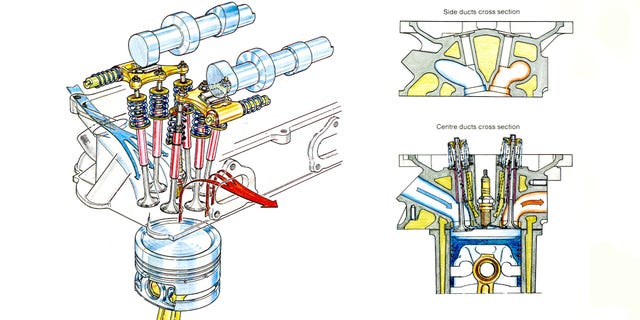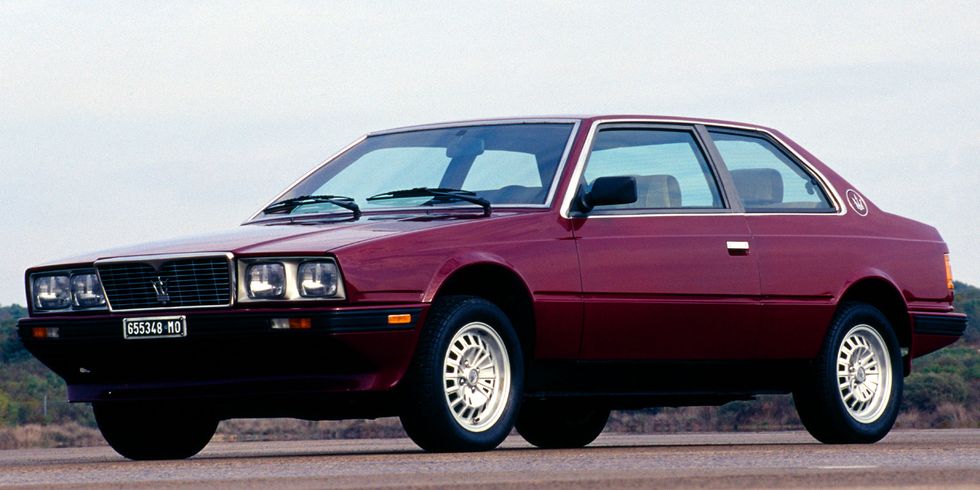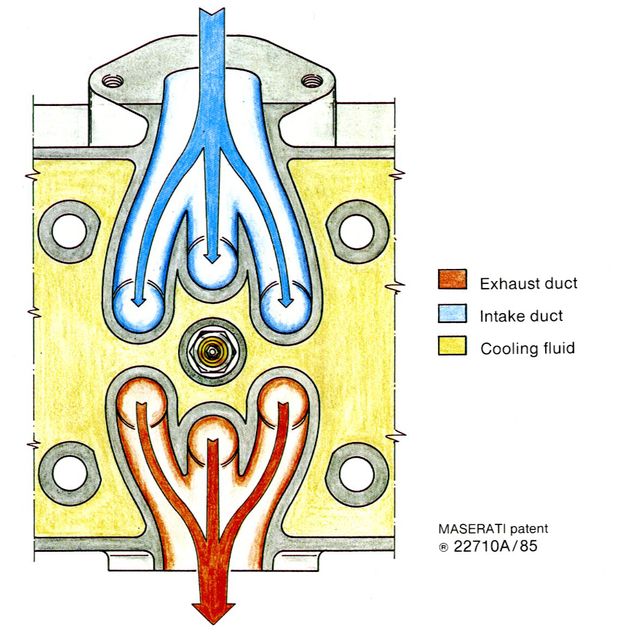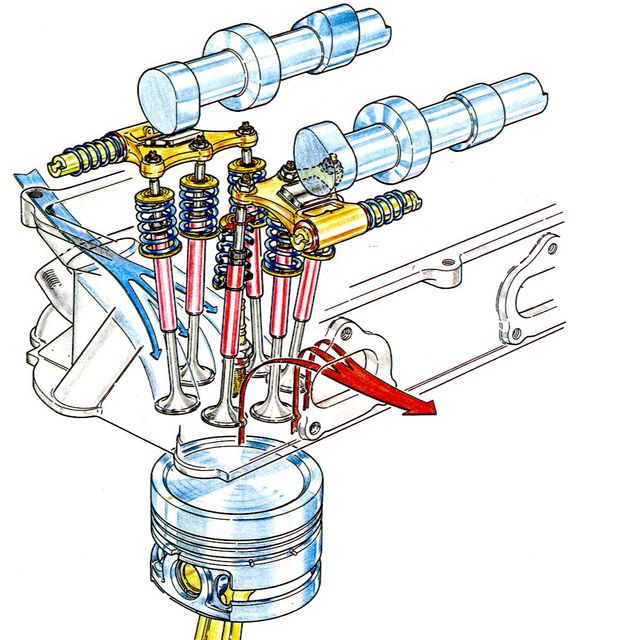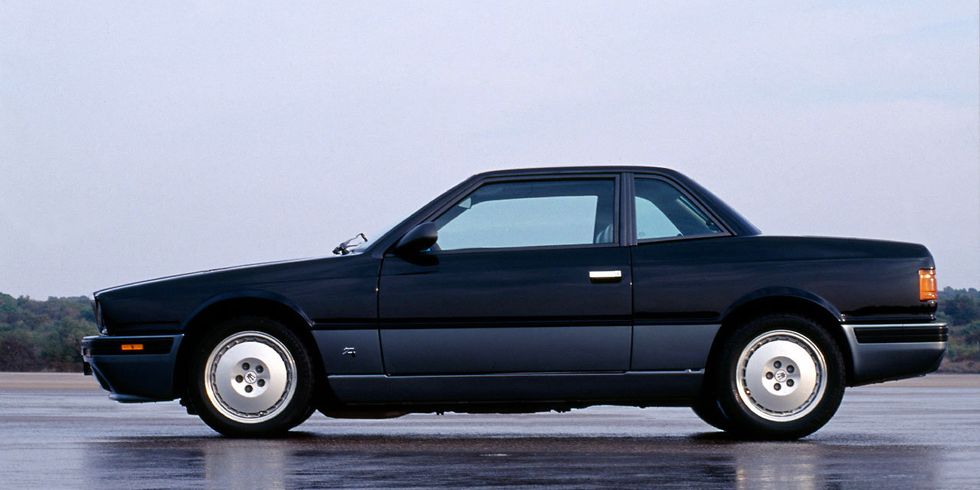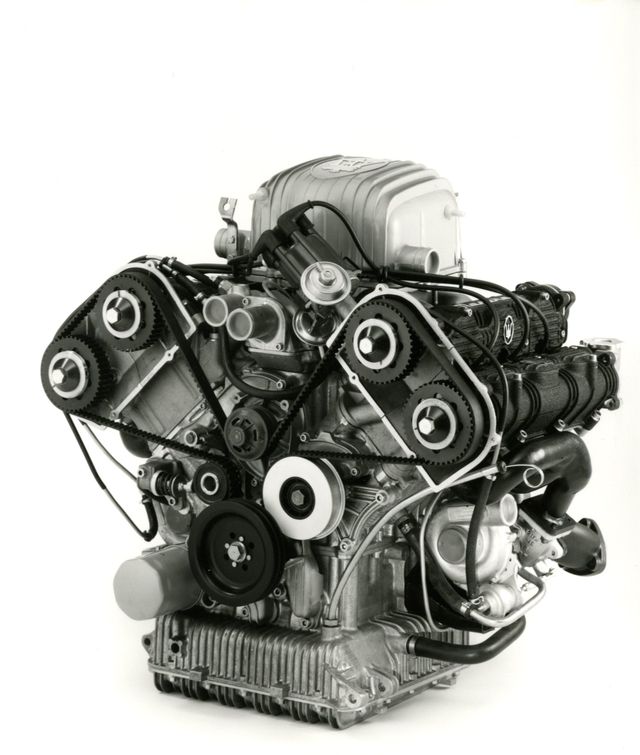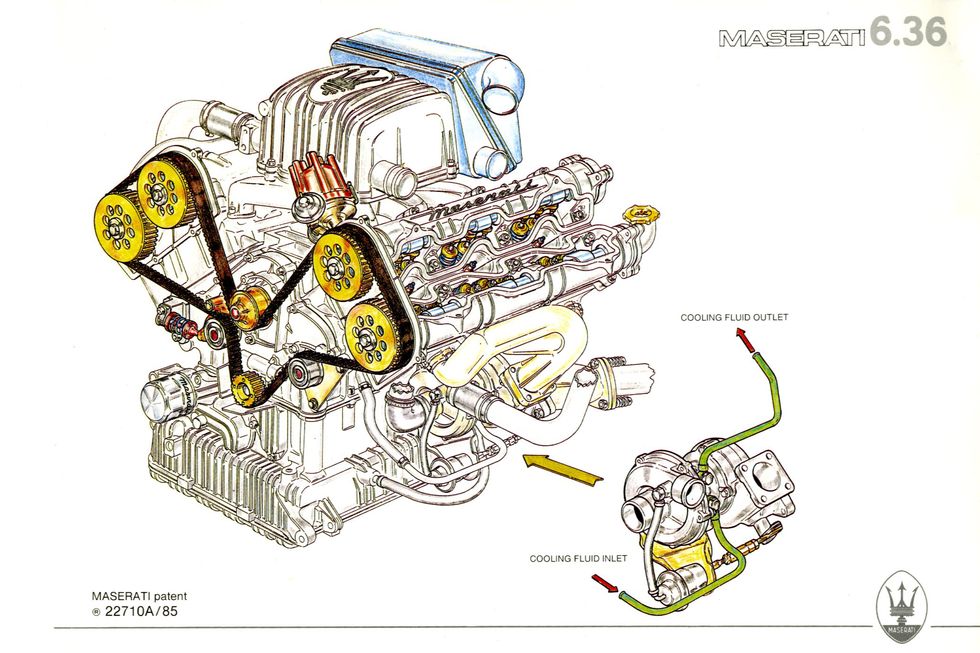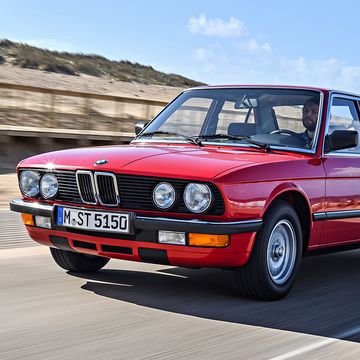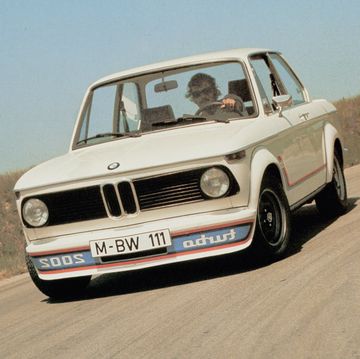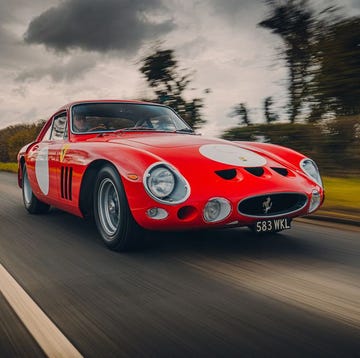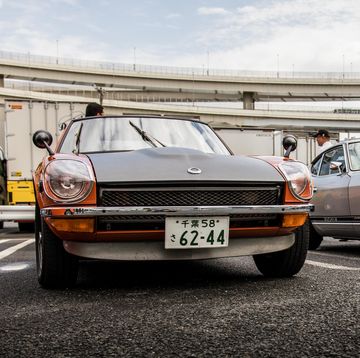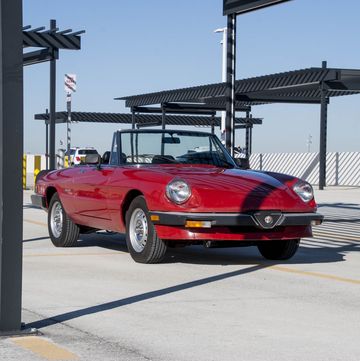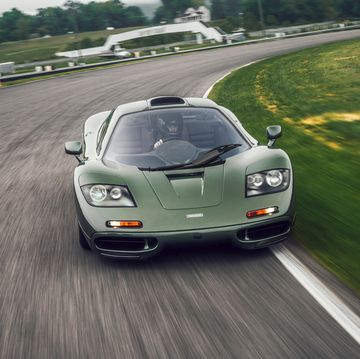It's very easy to make fun of 1980s Maserati today. Its cars from this time haven't aged well, with styling that's a bit too 1980s and a reputation for less-than-stellar reliability. But at the time, the Italian automaker was actually quite a smart company, and for a time, it was considered a business success.
Argentinian entrepreneur Alejandro De Tomaso—of Pantera fame—bought Maserati from a struggling Citroën in 1975 and immediately set out to change the Italian company. "When we came in, there was nothing new—no motors, no machinery, nothing," De Tomaso told the New York Times in 1984. "The only thing we had was a tradition, and that was not enough."
After the Gestione Partecipazioni Industriali, an Italian government holding company created to help support Italian industry, bought a $14 million stake in Maserati, De Tomaso set out to transform the sports-car brand into a sales success with a whole slew of new products. The most important was the Biturbo.
Launched in 1982, the Biturbo was a two-door sport sedan comparable to the contemporary BMW 3-Series and, crucially, about half the price of previous Maserati models. It was powered by a 2.0-liter V6 with three-valve heads and a small turbocharger for each cylinder bank, making it the first production twin-turbo car. This engine wasn't completely new—it was based on the 90-degree V6 developed by Maserati for the Merak and the Citroën SM nearly a decade earlier, and it still used a Weber carburetor.
But it was a clever powerplant. At the time, Italy heavily taxed cars with engines larger than 2.0 liters. The Biturbo’s 1996-cc engine avoided this tax, and the twin turbochargers meant performance didn’t suffer, with a respectable 180 hp on tap.
Thanks to all this, the Biturbo was a success. The New York Times reported that Maserati made $1.6 million in profit in 1983, and expected to double that in 1984. It was this success that led Chrysler to buy a five-percent stake in Maserati, a $600 million deal that, in part, led to the disastrous Chrysler TC by Maserati.
At this point, Maserati was in a great position to make a performance flagship, something cutting-edge to show off its technical prowess. And with sub-2.0-liter engines remaining favorable for taxation in Italy, Maserati had good reason to keep developing the Biturbo's tiny V6. So the automaker decided to attempt something that had never been done before: An engine with six valves per cylinder.
If you wanted to play at the top of the performance car field in the 1980s, your engine needed four valves per cylinder. Both the Ferrari 308 QV and Lamborghini Countach LP5000 Quattrovalvole touted their four-valve heads right in their model names. And in 1984, Yamaha released the FZ750 superbike, the first with five-valve heads.
Increasing valve count can do wonders for volumetric efficiency, letting an engine more easily take in air and fuel and expel exhaust. Two smaller valves flow more air into and out of a cylinder than one larger one, allowing an engine to make power more efficiently.
So Maserati took things a step forward—or rather, two. Announced in a late 1985 press release titled "Hi-Tech News," the Maserati 6.36 engine was a 2.0-liter 36-valve V6 set to hit the road in a two-seat sports car in just a few years time. Thanks to two water-cooled turbochargers running 11.6 psi of boost, the 6.36 made 257 hp at 7200 rpm.
Maserati claimed that by having three valves each for intake and exhaust, it was able to increase gas circulation area by 34 percent over an equivalent four-valve setup. What helped make it possible was a patented "finger control" system, where three valves shared one rocker arm driven by a single camshaft lobe. This helped reduce the number of moving parts in the engine, theoretically helping with reliability and durability.
Maserati also arranged the central valves at a different angle from the two side valves to help promote a swirl effect in the combustion chamber, which the automaker said helped the engine run an ideal air-fuel mixture. The twin turbochargers had their own water cooling system, "guaranteeing total reliability and unprecedented durability," according to the automaker.
It's a pretty wild engine, and Maserati's claim of 257 hp was pretty incredible for a 2.0-liter—in 1985, that nearly matched the then-new Ferrari 328's 270-hp 3.2-liter V8. And with 128.5 horsepower per liter, it offered a much higher specific output than a Porsche 911 Turbo's 282-hp 3.3-liter flat-six. To beat its specific output, you had to look at the Ferrari 288 GTO, which had a 2.8-liter V8 making 400 hp, or 140 horsepower per liter.
But that seems to be the last anyone ever heard of Maserati's six-valve V6. The engine never reached production; instead, Maserati performed continual upgrades on the original three-valve version of the motor throughout the life of the Biturbo and its derivatives. We're not even sure what car Maserati intended this six-valve motor for, though the high-performance, limited-edition Karif seems the most likely candidate. That car ended up with a 2.8-liter three-valve twin-turbo V6 that made 285 hp, 28 more than the projected figure for the 6.36.
Other companies that experimented with six-valve heads didn't find the same benefits. A September 1985 Popular Science article on Yamaha’s five-valve engine notes the Japanese company experimented with six- and seven-valve heads, but found that airflow actually decreased beyond five valves per cylinder. As more valves are added, the diameter of each valve must decrease; the total valve-opening area of a six-valve head is smaller than that of a five-valve head, Yamaha found.
And though Maserati said its valvetrain was simple enough to make this engine production-car viable, there's no doubt this was a complex—and likely expensive—piece of engineering. Even just for a flagship two-seater, this engine might have been too costly to build.
Maserati eventually launched a four-valve version of the Biturbo's 2.0-liter V6 in 1989, which made 245 hp thanks to twin intercoolers and fuel injection. The following year, Maserati brought out a version of the Biturbo, simply called the Racing, which had a 283 hp version of this 24-valve 2.0-liter. With that much power, this four-valve V6 would've rendered the more-complex six-valve engine obsolete.
Perhaps Maserati, like Yamaha, realized a six-valve engine would've been too complex for what it was worth. Why use 36 valves when 24 could do the same job, if not better?
To date, no one we're aware of has built a six-valve cylinder head for automotive use, though some Ferrari, Volkswagen, and Audi engines from the 1990s and early 2000s used five-valve heads. Six-valve heads simply don't make sense. But the Maserati 6.36 remains a fascinating piece of engineering, giving us a new perspective into Maserati during the 1980s. Truly, it was a company pushing technological boundaries. Even if one of its wildest innovations never became a reality.
A car enthusiast since childhood, Chris Perkins served as Road & Track's engineering nerd and Porsche apologist.
